Sometimes, even when you do everything you can, your plants may not be as happy as you think. In this article, find out why does a cactus turn yellow and brown how to save it.
If you are cacti lover and have some in your collection, you have probably seen some of your lovely plants changing color or looking different even if you do everything expected.
In the following paragraphs, we write down all you have to know to save your plant from death.
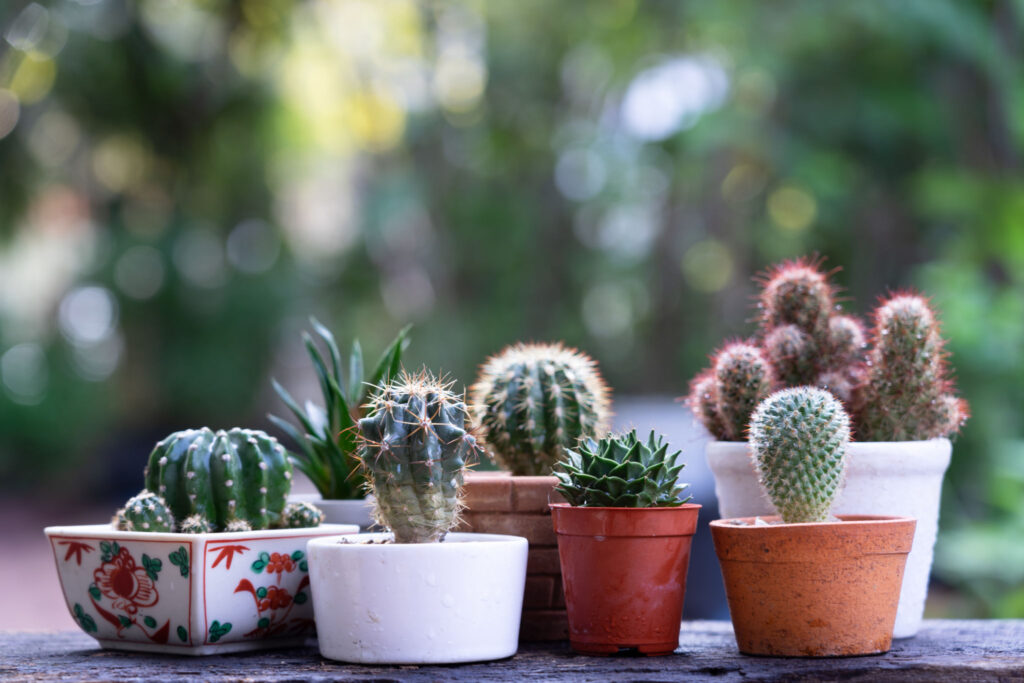
What Causes My Cactus To Become Yellow?
There are different reasons for cactus turning yellow, and not all of them are deadly dangerous. This article will give you all information you need to know to identify and solve this problem.
Most of you would like to know why cactus turns yellow and how you can save it when it comes to that.
Before discussing prevention and saving, it is crucial to define all reasons causing yellowing.
Wet Soil – Root Rot
Cactus rooting is frequent in everyone’s succulent garden. When the rotting is present, the change of color starts as yellow from the bottom in the first stages of dying.
The main reason for rotting when taking care of indoor cacti is wet or soil without drainage.
If you choose soil without drainage or do not have a drainage hole on the pot, there is a tremendous potential root to start damage.
Cacti are desert plants, and they thrive in dry climate conditions but suffer when the surrounding is wet and soggy. Root rot is a condition that can lead to death if not taken seriously.
The best way to avoid cactus turning yellow is to exchange soil and dry the root, put your plant in new dry soil and avoid watering for a few weeks.
Remember to check the soil article on our page and see how to make perfect soil for your succulent plants at home to enable proper conditions for healthy growth.
As soon as your cactus is still hard on touch, you can manage to save it by replanting it in fresh soil.
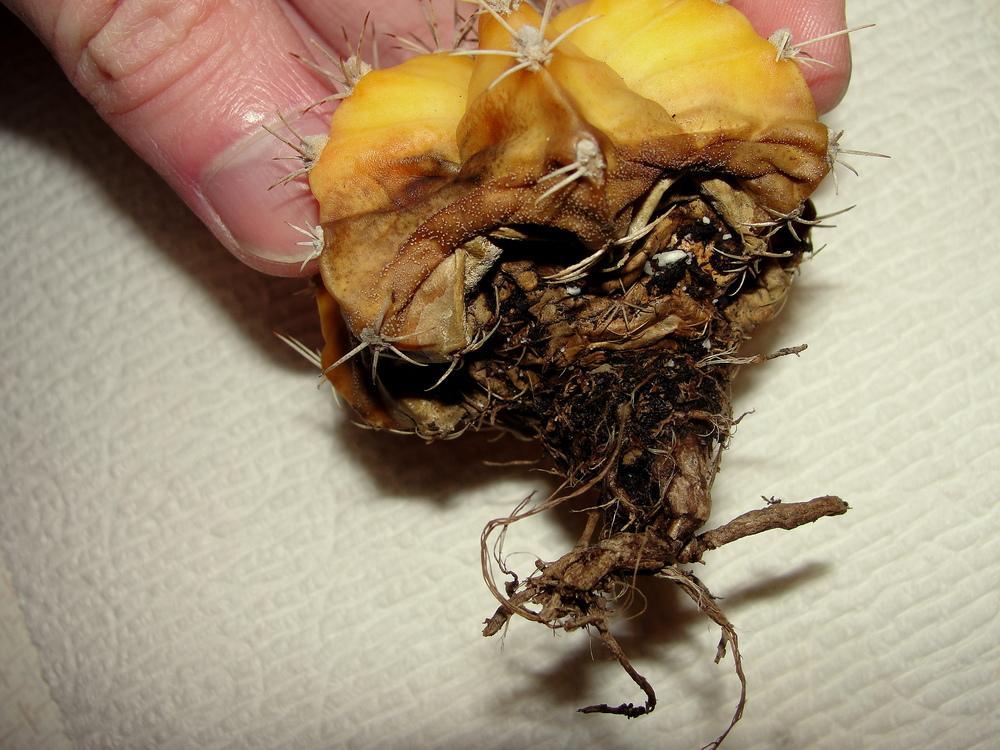
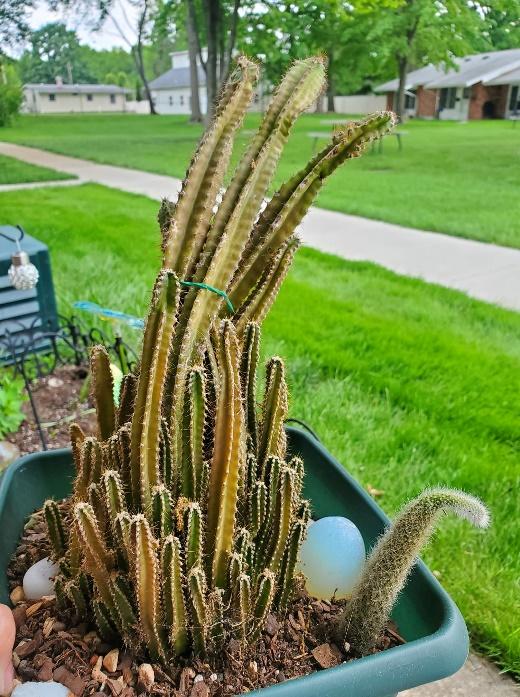
Sunburn On Cacti
Even all cactus species are sun lovers that does not mean they will adapt to the full sun without burning.
Sunburns are usually present at new plants exposed to the full sun immediately after bringing them home from the store or at the beginning of a season – spring when the sun is shining with higher intensity.
This color change affects healthy tissue, which burns and changes color on parts exposed to full sun.
Sunburn damage is an irreversible change of the tissue leaving scarves on your plant, but with an “on time” reaction, you can save your cactus from real problems that may even lead to death, especially for baby cacti.
Consider partial shade and too much light without direct sun exposure whenever you buy a new plant. Adapt your cactus before leaving it in an entire sunspot to avoid burning. Natural light is the best choice when you cannot decide the better location.
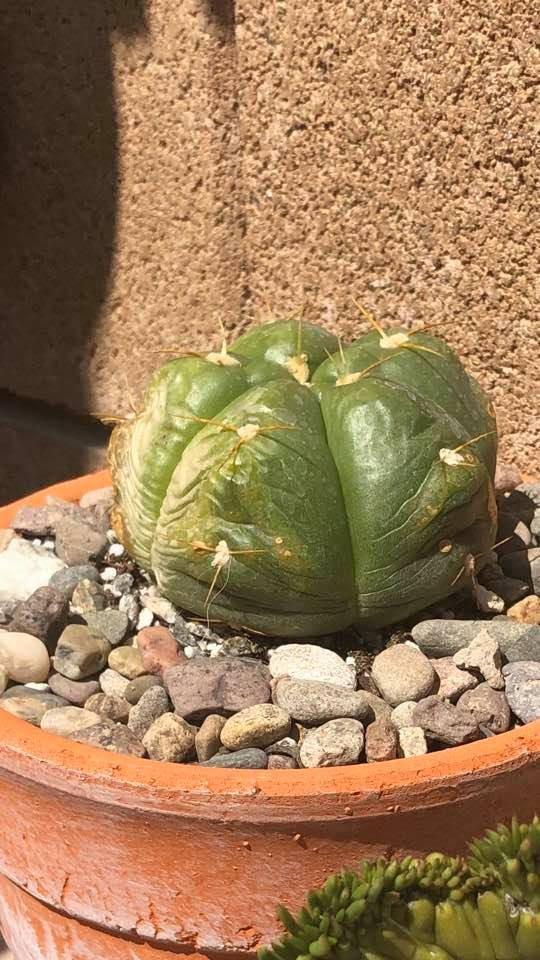
Frostburn On Cacti
Yes, it is possible, and it is common. For example, when winter season hits, but your plant is outside and uncovered, even light morning frosting may affect cactus plant tissues. Extreme cold leave marks as white-yellow circles, and to save the plant, you will need to cover it or bring it inside before the temperature drop below zero.
Popular plants can withstand frosting, but check the literature to ensure you are not leaving the wrong species outside.
Related: Solving the Dilemma Why Cacti are Not Trees and What Makes Them Plants
Pest Problems
Root lice and mealybugs are the most problematic pests making your cacti species change color.
Root aphids come from the Phylloxera family living above the soil or inside it.
Because of their size, these pests are hard to spot around your plant, and the easiest way to confirm they are present is if you find a white cotton-like substance around root soil.
They are slowly killing your plant by sucking juices from the plant tissue. You will define tip rot in some cases because these pests will live at the top of the cactus crown.
To prevent your plant and allow new growth, always consider using neem oil or another pesticide with the same intention.
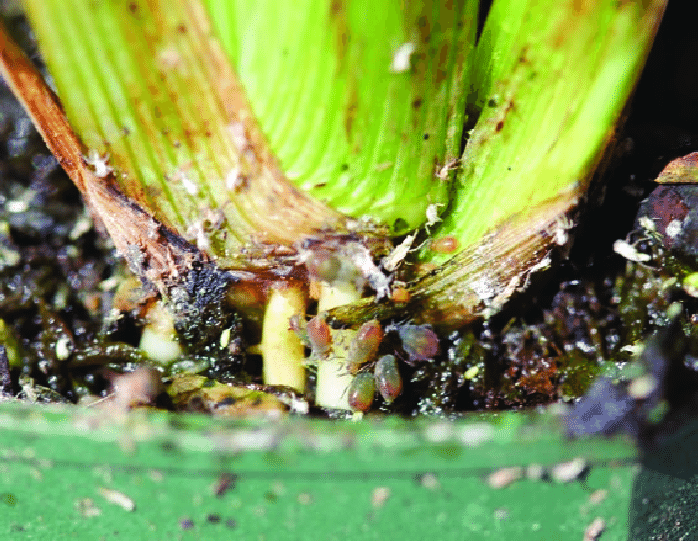

Mechanical Changes On The Plant Tissue
Not a rare condition since outdoor cacti collections attract all insects and birds. Biting snails or small animals may damage your cactus by eating parts exposed to the sun that will turn yellow.
Always watch cactuses with rare or no spines since they may be easily attacked. Despite this, it might harm your plant and leave scarves if not covered beforehand when hail is present.
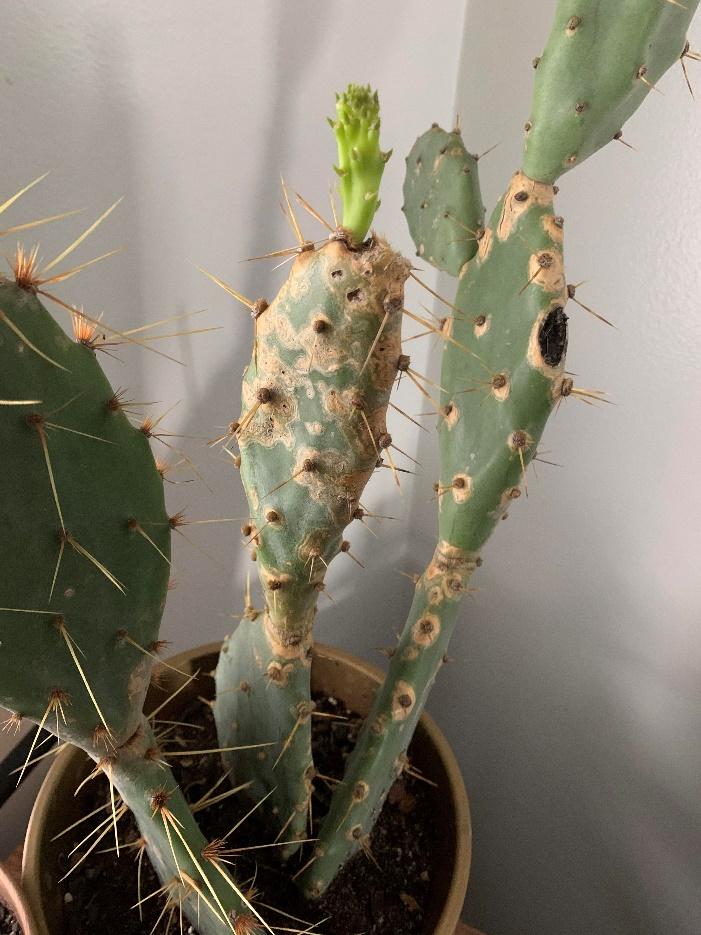
Repotting Stress
Stress is a huge factor that makes a difference in the plant’s appearance. It occurs when you buy a new plant or repot a cactus in fresh, wet soil. Try to avoid giving your plant unnecessary stress turning your cactus yellow in just a few days.
Next time, try to adjust the new soil to the old one and not water straight away, putting it in a new container.
What Causes The Brown Color Of My Cactus?
The yellow color is not the only one present in the cacti collection. There are many situations where your cactus may also get brown color.
Since we explained yellowing, we will tell you why the brown color may be a bad sign in most cacti species and explain other situations when you do not have to worry.
Aging Process – Corking
We will start by explaining that your cactus is becoming woody and why you have nothing to worry about in this situation.
By the time, your cactus will be getting older, and with that, it might appear brown coating hard on touch.
Corking is a natural aging process that cannot harm your plant.
If you can establish this type of browning, you are lucky to have healthy and old plants happy to live in your surroundings.

Rotting
Dying cactus usually turns brown when it is rotting. In this situation, the plant tissue is soft on the touch, cactus feel soft and looks like dying. Therefore, the only possible solution is to cut part from the healthy top.
Well-draining soil is crucial if you want to prevent rotting cactus, but also have in mind that cactus plants do not need too much water to stay alive.
Overwatered cactus has a high risk of dying from rotting if not saved on time.
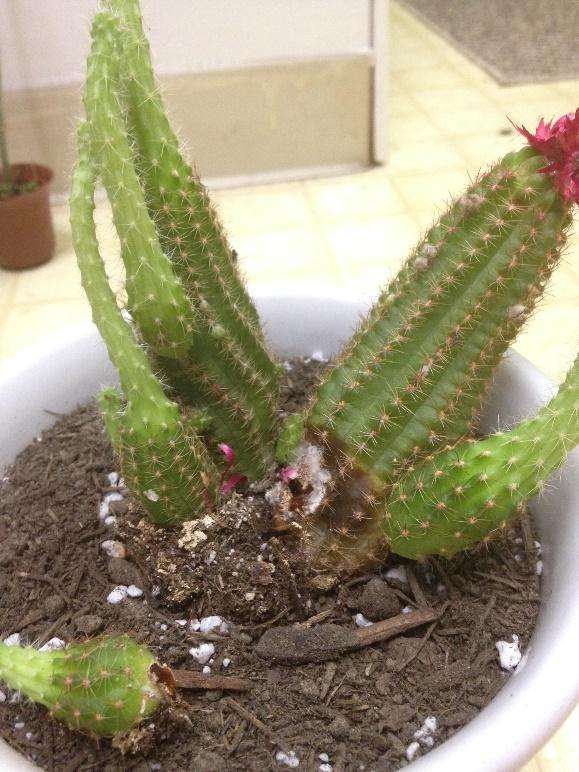
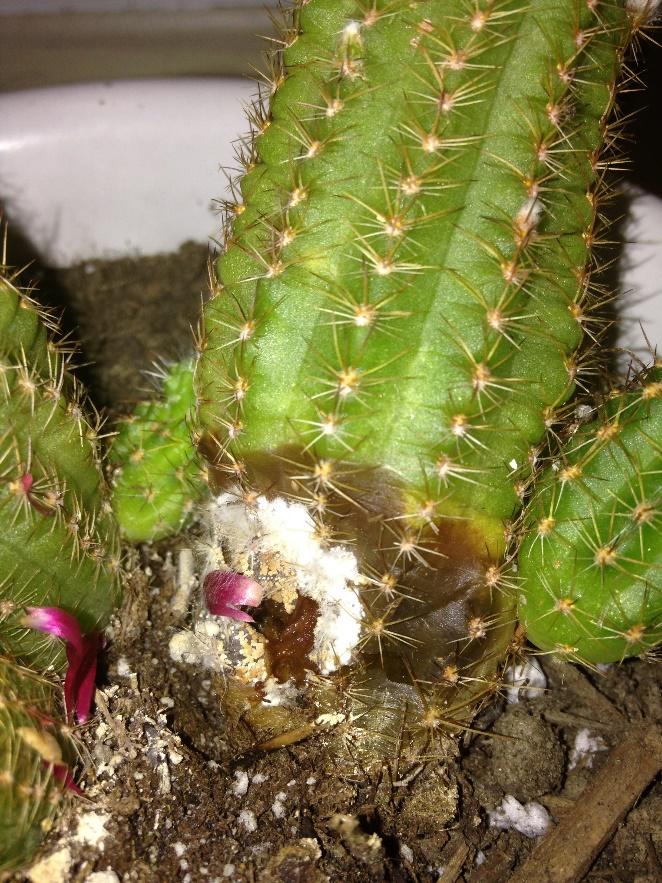
Fungal Diseases And Pests On Cacti
Cactus turning brown can signal that pests attack your plant or have fungal diseases.
To be sure, always check the soil and the green tissue for pest infestation. Common predators are tiny red spiders called spider mites, leaving a brown coating with a small web slowly killing your plant.
These tiny red spiders usually attack outdoor plants during their growing season.
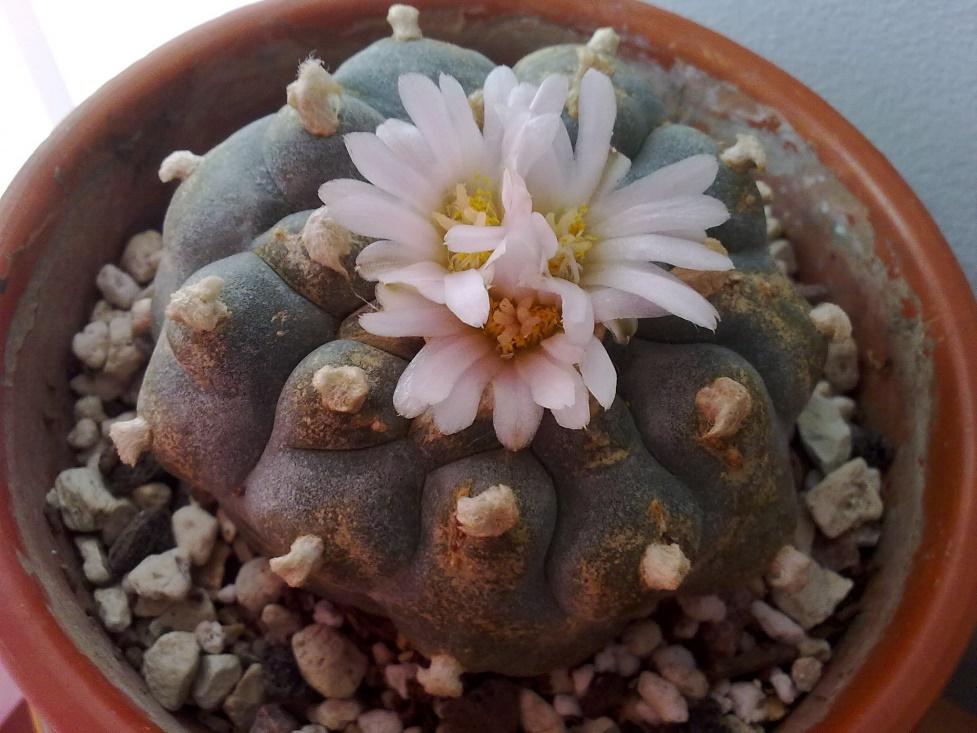
Another reason for browning cactus can be fungal diseases. Diplodia, Phyllosticta and other parasites are attacking cacti species causing dark brown-black.
In addition, the bacteria Erwinia is dangerous because it softens your cactus root and kills it.
RELATED: Growing Tips and Facts About Jumping Cholla Cactus, Desert’s Most Mesmerizing Plant
Other Problem Indicators Visible On Cacti
Change of color is not the only indicator your plant may have a problem. There are different reasons why your cactus is not looking right, and we are going to talk about it below in this article.
Drooping Of The Cactus Body
If a cactus is drooping, consider a few things: water, pot size, weight, sunlight or roots.
Watering is one of the problems that cause cactus to fall over, over, or underwater plants will not keep at the ground properly and start falling over. Here we mentioned before that soil drainage has a crucial role.
A proper-sized pot is something to be considered as well. If the container is too big or too small, the plant will not grow as it should, and you can expect to see the cactus falling on the side.
Another thing is plant weight and size, which may require additional support, such as a woody stick to keep it straight.
Last but not least important are sunlight exposure and roots. If your plant sits far from the lightning, it will start changing direction and falling on the sunny side. In addition, if roots are not long, but the plant is huge, it may quickly get out of the pot, so try to put it more profound in the ground in this case.
Shriveling Cactus Skin
You can easily forget to water your plant as much as needed during the hot summer days. Because of the water needs, plant tissue will become squeezed and wrinkled. Sometimes shriveling is a signal of your plant requiring nutrients as well. Do not worry, and quickly fix it by adding water or fertilizer and your cactus to be happy again.
Softening Cactus Body
When your cactus plant is soft on touch, there might be a bigger problem requesting immediate reaction. Bellow, we will give you instructions on saving a dying cactus.
What can I do If I Have Overwatered My Cactus?
After the drying process, never places the plant in the same soil. Despite that, soil sharing is a good option, and adding dry fresh ones plus stones or pumice/perlite will improve aeration.
If the cactus turns brown and becomes soft, it might be late to save it since the process is far from the beginning. It is good to check your plant periodically to identify problems as soon as possible to keep them.
How To Save Rooting Cactus?
Here comes another question connected with the overwatering problem. Besides all described above, if the rot takes more than 20% of your plant surface, it might be the only choice to cut the healthy part and try re-rooting. By cleaning your plant from the damaged tissues, you give it a chance to survive and become a new plant.
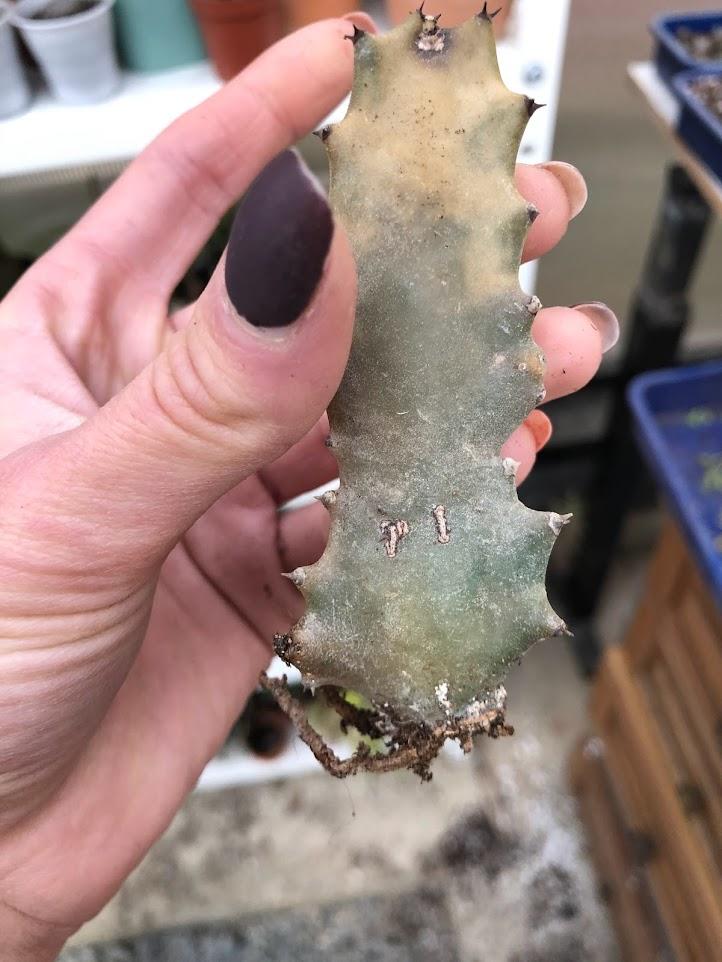
Suggestions That Will Help You Have Healthy Cactus
- Look after your plants at least once a week
- At the beginning of the season, use pesticides to keep cacti plants safe from predators.
- Check the roots if a plant does not look the same as before
- Please make sure you isolate new plants after bringing them home and check for pests and diseases
- Check the roots before taking an action
- Never place the plant in wet soil to avoid unnecessary stress when replanting.
- Optimize watering regarding cactus needs and season
We tried to explain everything in this article and hope we have helped you to identify problems more manageable and to be able to save your plant at the right time.
Here are a few other answers to the FAQ that you might find helpful.
How To Identify Dying Cactus And What To Do?
The dying cactus is usually brown, soft on the touch, and the root is wholly damaged and rotted. Dying cactus may have many pests and smells weird and unpleasant.
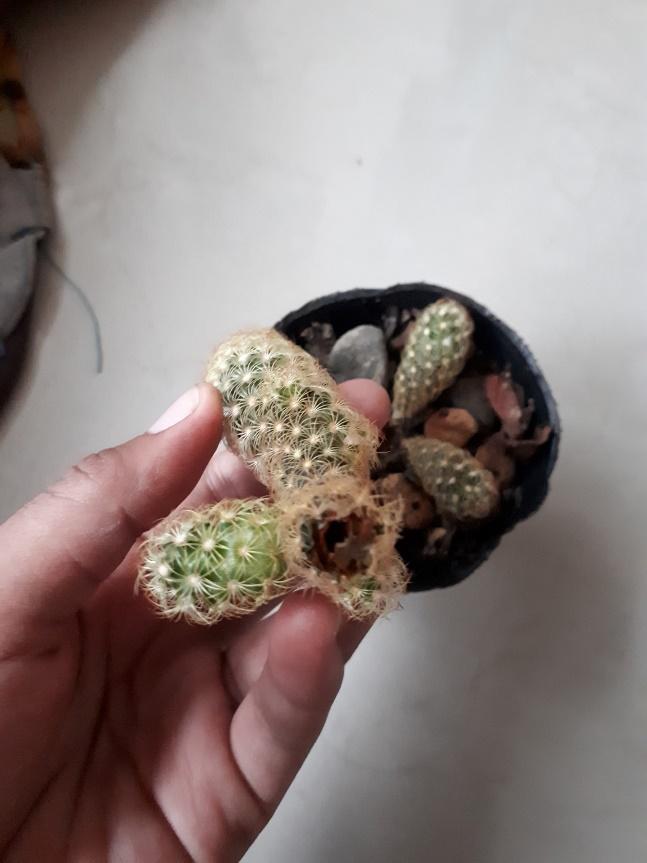
How To Avoid Overwatering My Plant?
Using pots with drainage holes and well drainage soil allowing excess water to go out your indoor plants will never have an overwatering problem. Cacti species do not love water, so it is better to leave it more without water than over-water it.
How To Tell If The Cactus Is Over Or Underwater?
When the cactus is under-watered, you can see the plant tissue looks kilted or maybe the plant is falling on the side. If you have put too much water, plant will become soft and mushy and will start yellowing from the bottom.
Check out our picks of 8 Useful Varieties of Pink Cactus for Indoors and Outdoors, 30 Vibrant Types of Red Succulents for Indoor and Outdoor Gardens and Desert Plants







